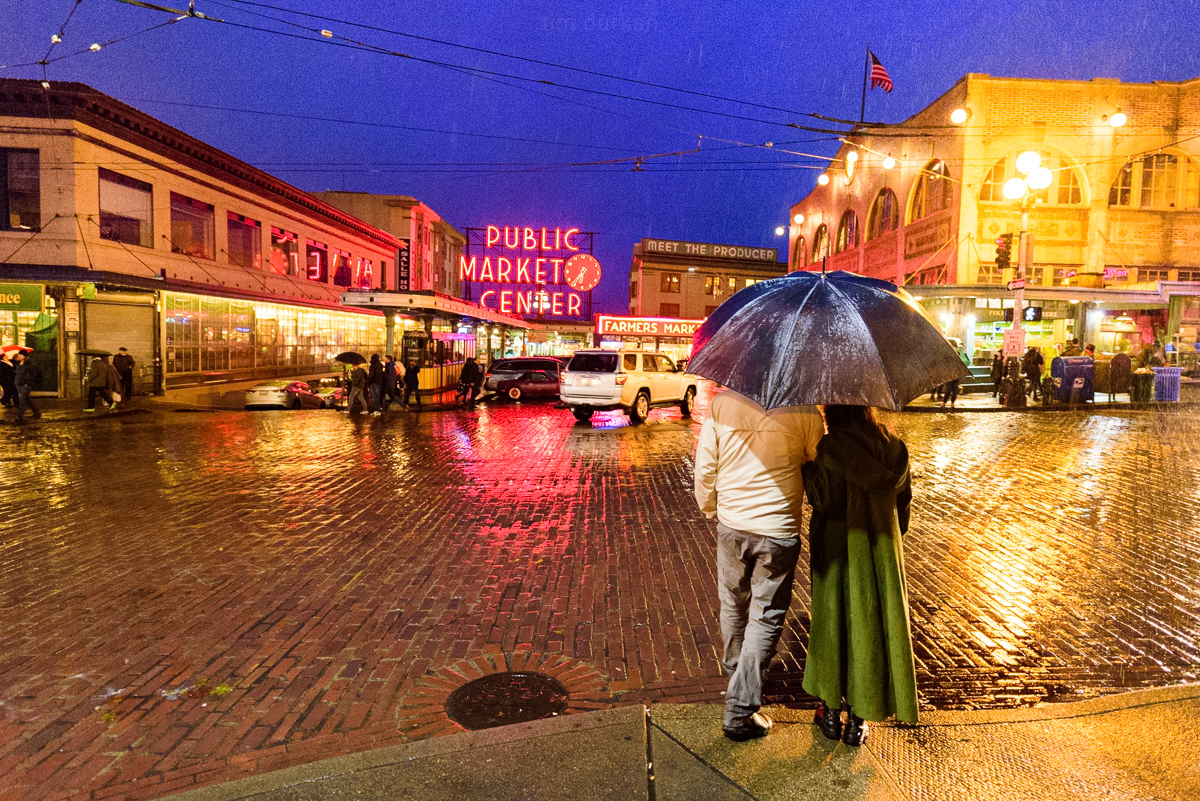
Turning on Body-Worn Camera Video Recording During Demonstrations Was an Initial Request from Community Groups and Protestors
Seattle (June 10, 2020) – Mayor Jenny A. Durkan on Monday issued an Executive Order requiring the Chief of Police to make an interim policy change directing Seattle Police Department (SPD) officers assigned to work demonstrations to activate body-worn camera video recording at protests and demonstrations. The activation of body-worn cameras at demonstrations was a request from community groups and protestors to guard against police violence and to improve accountability. Per the Mayor’s Executive Order, Chief of Police Carmen Best has issued an interim policy to SPD officers that will take effect immediately.
“Activating officers’ body-worn camera video during demonstrations is an important way to provide additional accountability and help restore public confidence,” said Mayor Durkan. “This issue undoubtedly has complex privacy issues that many have worked to address, so I ask that our civilian police oversight accountability entities work with my office and community partners to develop a long-term policy solution regarding the use of body cameras during demonstrations. We must find a solution that ensures officer accountability while not chilling the exercise of First Amendment rights or improperly surveilling our communities.”
“We have heard from community that they want Seattle Police Department officers to activate their body-worn camera recordings during these demonstrations. In accordance with the Mayor’s Executive Order, I have issued an interim policy change to direct all SPD officers to immediately activate their recordings if they are working protests. It is critical that we retain and build on the community trust SPD has worked so hard to create over the last decade,” said Chief of Police Carmen Best. “For the past two weeks officers have worked long hours under difficult circumstances. We have had difficult challenges before, and we have always united and persevered.”
Under Executive Order 2017-03, SPD has equipped all front-line police officers with body cameras to enhance public trust and provide greater transparency into officer-public interactions. SPD Manual 16.090 stated that officers will not record people lawfully exercising their freedom of speech, press, association, assembly, or religion unless they have probable cause to believe that criminal activity is occurring or when ordered to record by a supervisor. This policy was an effort to protect constitutional rights and not chill people’s exercise of these First Amendment rights.
To create an updated policy that both ensures accountability and avoids improper surveillance, the Mayor’s Executive Order also asks the City of Seattle’s Police civilian oversight entities – the Community Police Commission, Office of Police Accountability, and Office of Inspector General – to immediately convene a stakeholder engagement process that invites Black Lives Matter Seattle-King County, the ACLU of Washington, the King County Department of Public Defense, and any other organizations interested in participating in a civic engagement process to develop a recommendation regarding the use of body-worn cameras during demonstrations.
Since the protests began, Mayor Durkan and Chief Best have implemented a series of updates to SPD’s crowd management policies and operations to prioritize de-escalation and reduce use of force. On Monday night, the Seattle Police Department took down the barricades surrounding the East Precinct to support protesters’ ability to march in Capitol Hill as part of the City’s efforts to lead with de-escalation and begin to rebuild community trust. In addition, the Mayor and Chief continue to participate in conversations with community leaders to discuss how the City can better invest in Black youth and adults, prioritize programs that provide alternatives to arrest and incarceration, and increase accountability at the Seattle Police Department. Thus far, the Mayor has announced a commitment to investment at least $100 million directly into community and to establish a community-driven Black Commission.